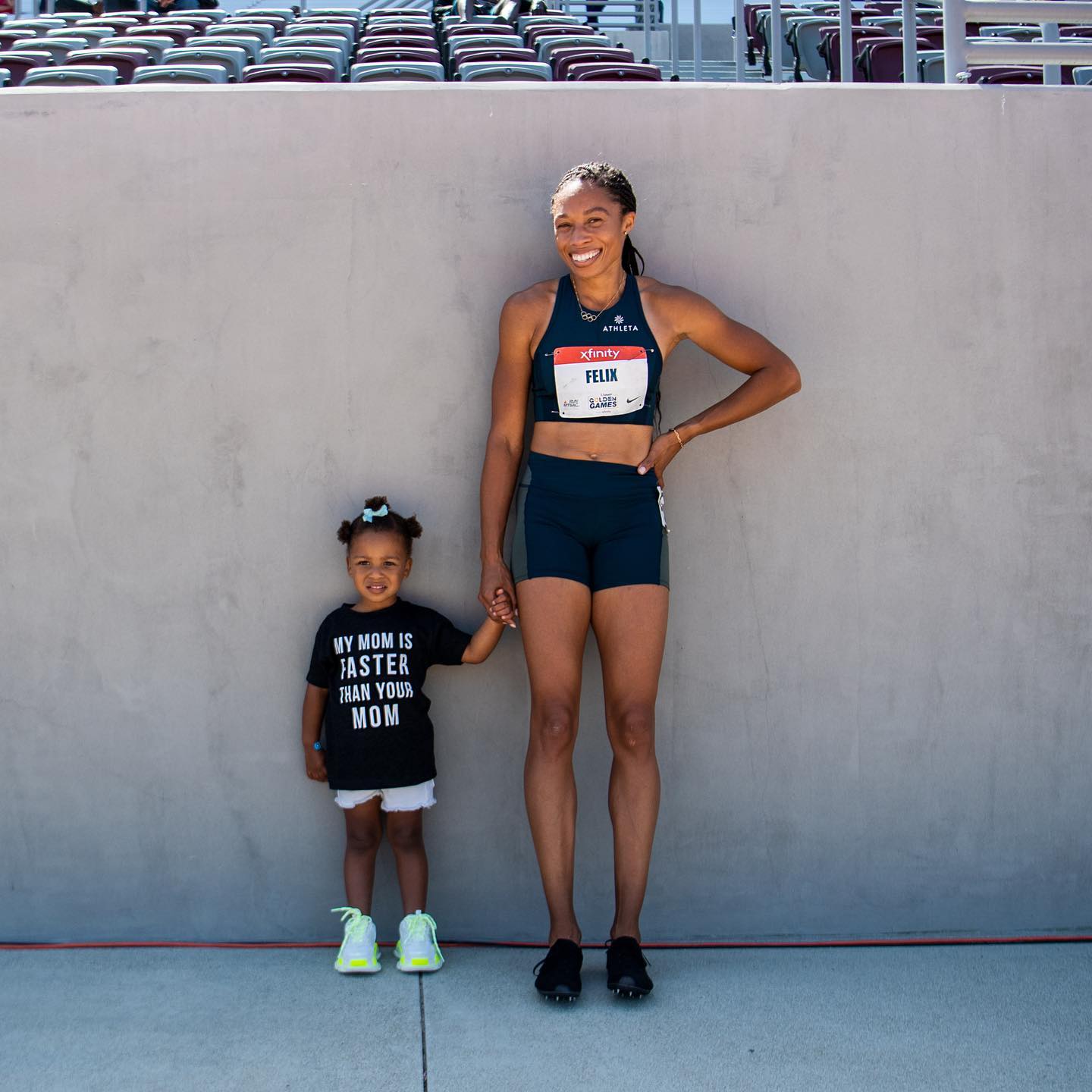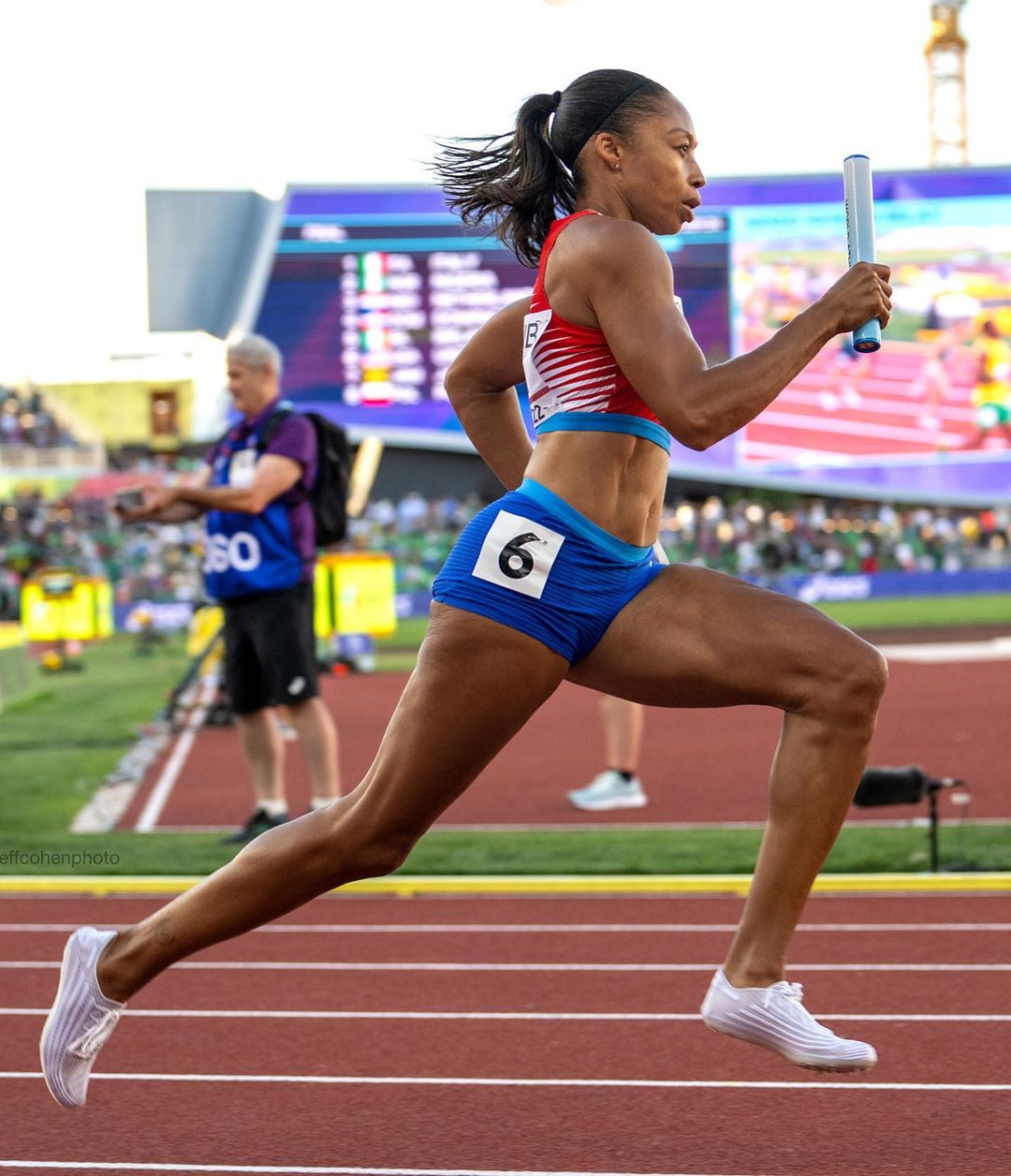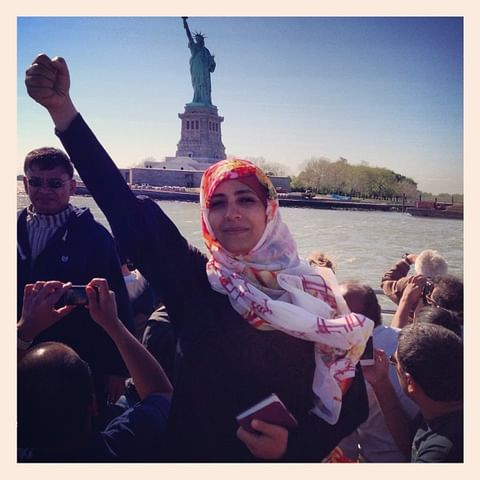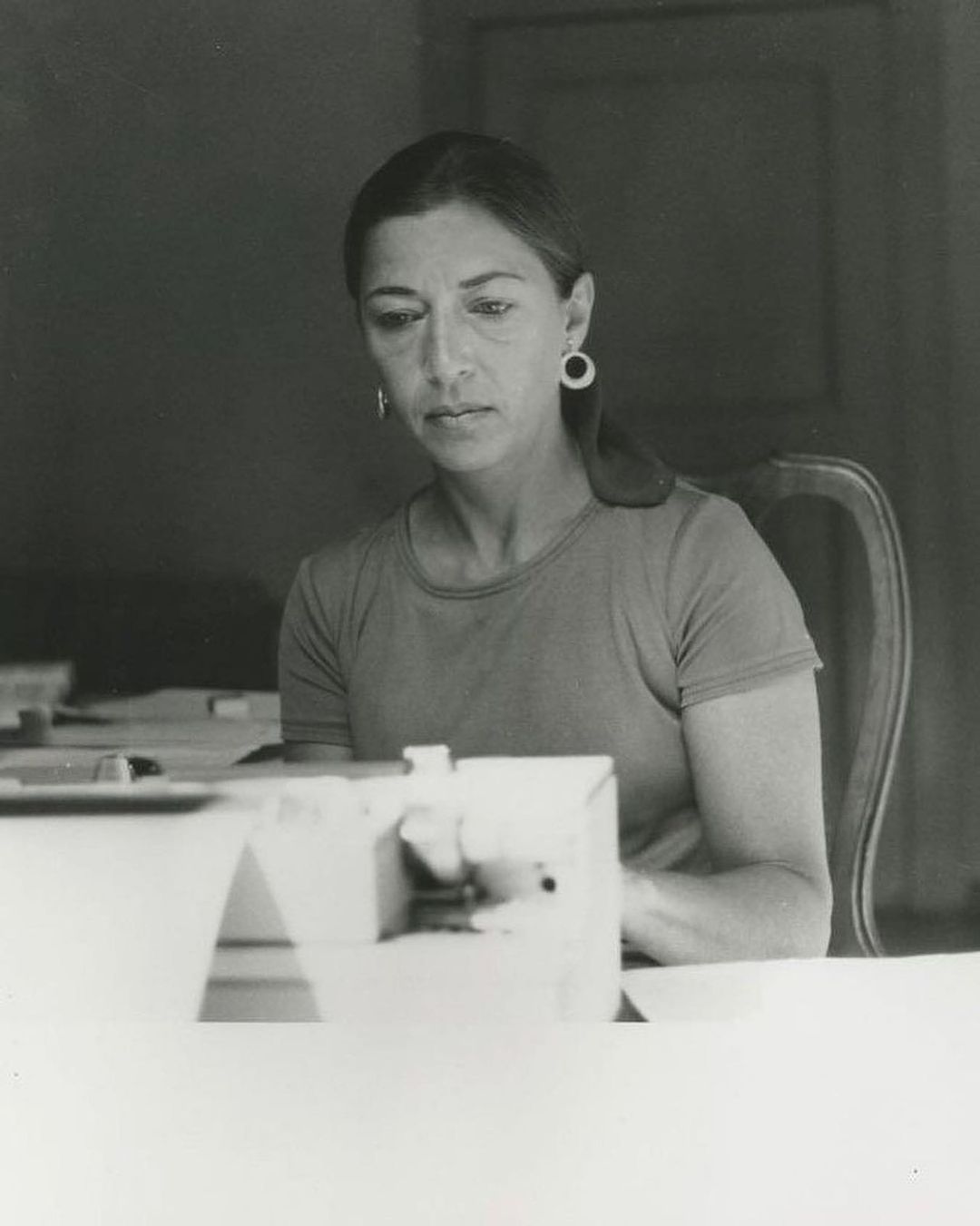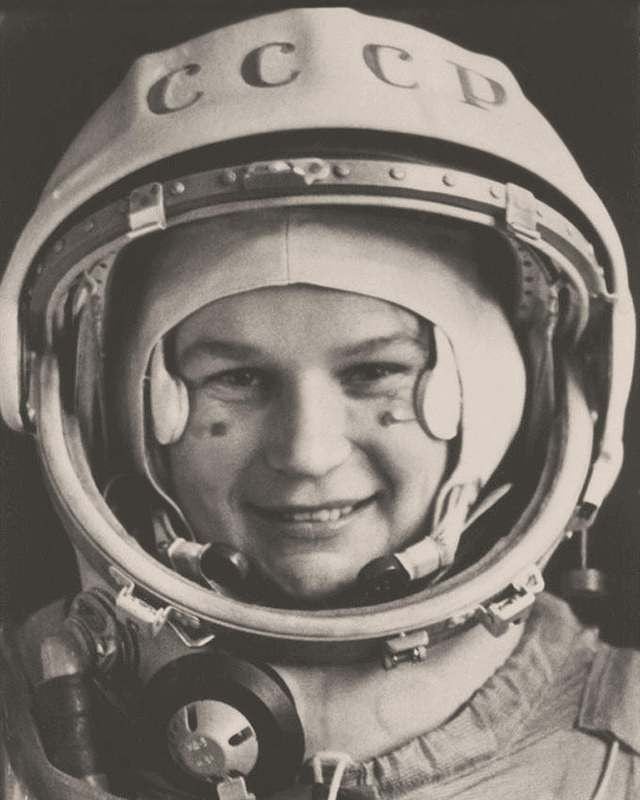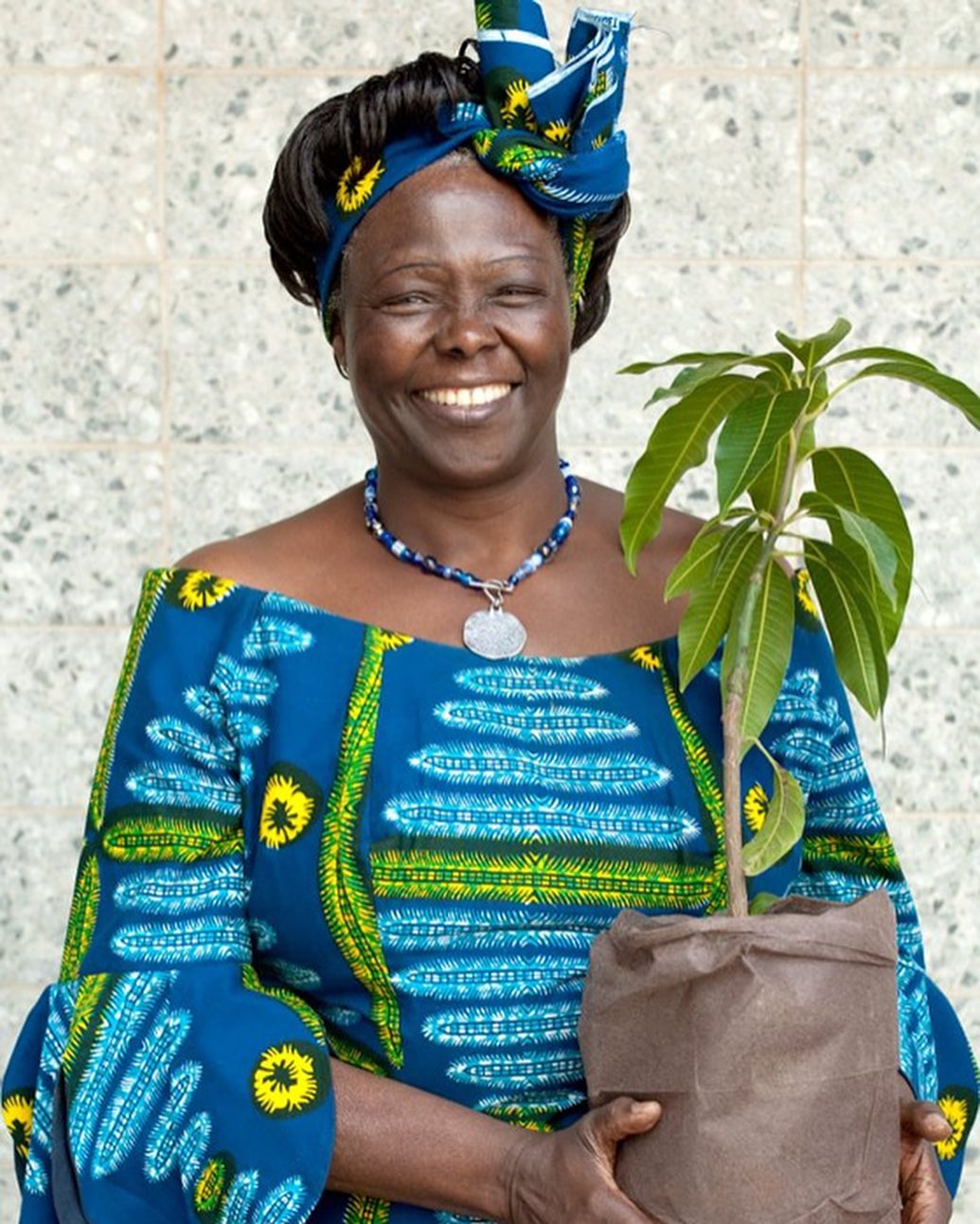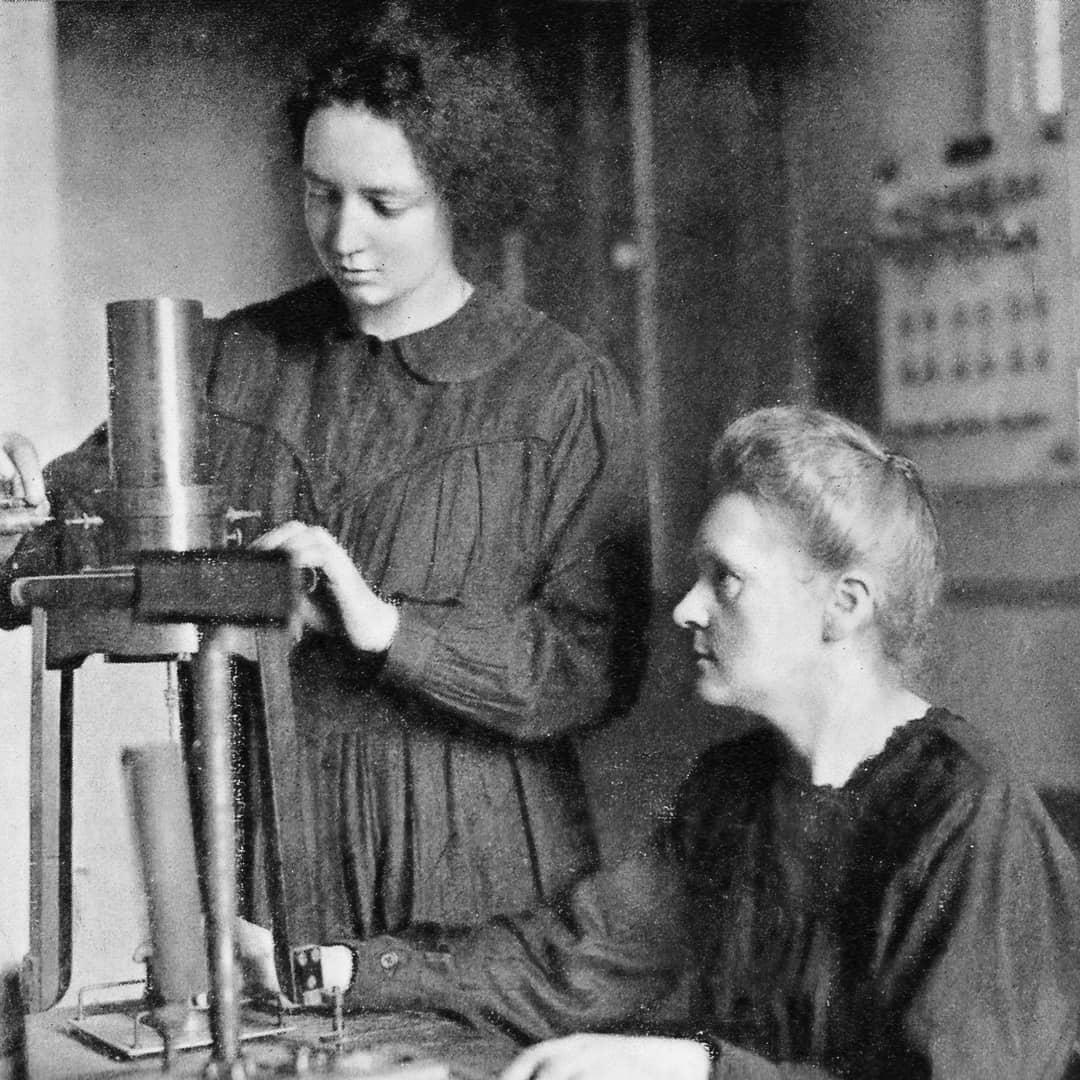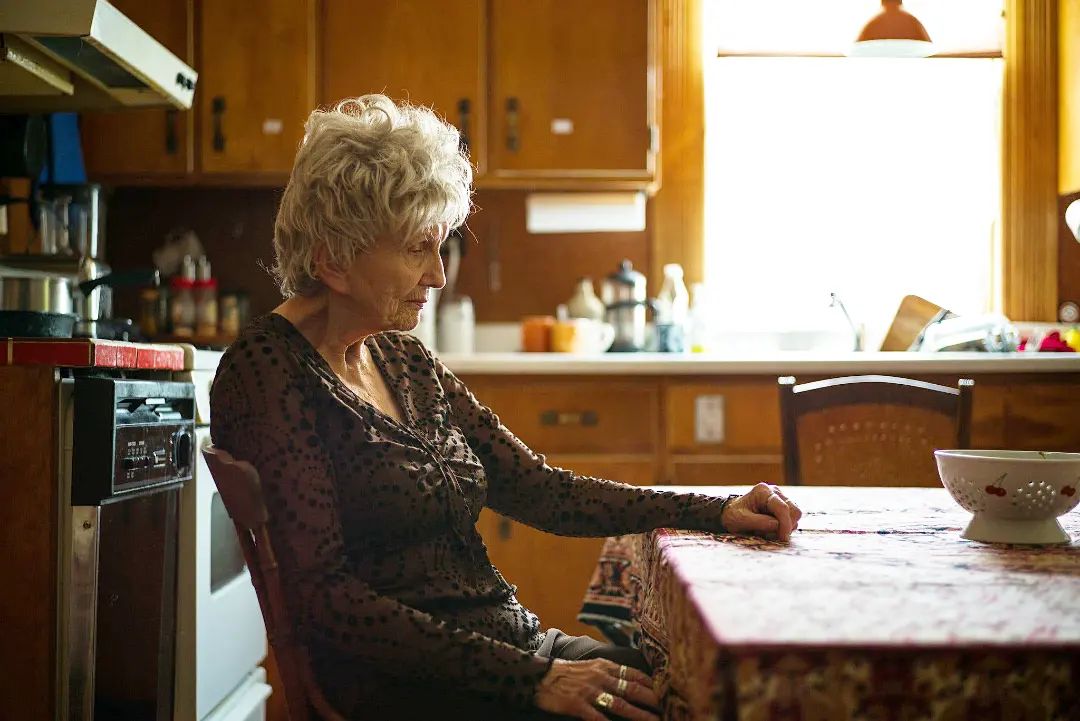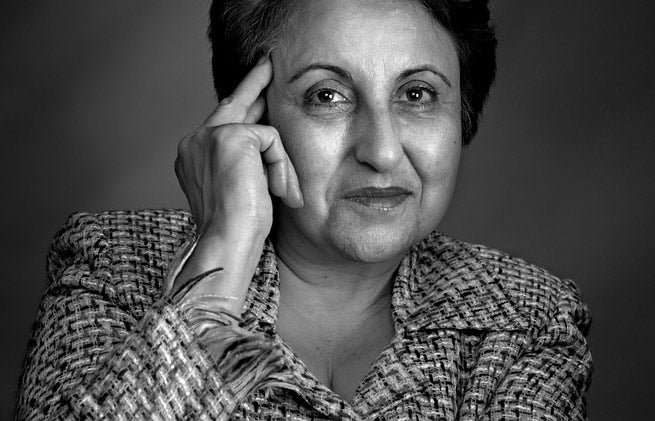A mother’s love is something incomparable. Something so pure and strong that even the passage of time or oldness is no enemy to it. There are many relationships between a mother and their children and many songs that can fit into a mother’s description, wether it is an ABBA’s song or a Beatles one. The best part of it all is that, although mothers don’t last forever and at some point we have to say goodbye to them, the learnings and the love will carry on with us forever. To all the mothers out there, we love you. To celebrate this special day, here are some empowering mothers that inspire us to be better human beings.
No. 1. Allison Felix
United States native Allyson Felix (36) is a track and field athlete who has specialized in the 200 meters sprint from 2003 to 2013 and then gradually shifted to the 400 meters sprint later in her career. She’s dominated her discipline for over a decade winning several gold medals in the Olympics. In 2019 Felix shared, along with other athletes, the pressure she received from her sponsor at the time that offered her a new contract reducing her conditions and pressuring her to keep up with the results in the comeback of her pregnancy, even though she had to undergo surgery during the birth of the baby. Felix publicly reported it in the New York Times with the result that the sponsor changed its policy towards pregnancy committing to maintain contracts and its conditions to pregnant athletes.
Allison Felix. Source: @jeffcohenphoto.
No. 2. Joan Didion
Joan Didion (1934‑2021) was an American writer and journalist best known for her book “The Year of Magical Thinking”. The title of the book refers to magical thinking in the anthropological sense, thinking that if a person hopes for something enough or performs the right actions then an unavoidable event can be averted. Didion reports many instances of her own magical thinking, particularly the story in which she cannot give away Dunne’s shoes, as he would need them when he returned. The experience of insanity or derangement that is part of grief is a major theme, about which Didion was unable to find a great deal of existing literature. The book was written after her husband, John Gregory Dunne, sudden death and during her daughter’s hospitalization.
No. 3. Tawakkol Karman
Tawakkol Abdel‑Salam Khalid Karman (43) is a Yemeni Nobel Laureate, journalist, politician, and human rights activist. She leads the group Women Journalists Without Chains (WJWC), which she co‑founded in 2005. She became the international public face of the 2011 Yemeni uprising that is part of the Arab Spring uprisings. She is a co‑recipient of the 2011 Nobel Peace Prize, becoming the first Yemeni, the first Arab woman, and the second Muslim woman to win a Nobel Prize. The group advocated freedom for SMS news services, which had been tightly controlled by the government despite not falling under the purview of the Press Law of 1990. After a governmental review of the text services, the only service that was not granted a license to continue was Bilakoyood, which belonged to WJWC and had operated for a year
Ruth Ginsburg. Source: Unknown.
No. 4. Ruth Ginsburg
Joan Ruth Bader Ginsburg (1933‑2020) was an American lawyer and jurist who served as an associate justice of the Supreme Court of the United States from 1993 until her death in 2020. Ginsburg was the first Jewish woman and the second woman to serve on the Court, after Sandra Day O’Connor. Her mother died shortly before Ginsburg graduated from high school. She earned her bachelor’s degree at Cornell University and became a mother before starting law school at Harvard, where she was one of the few women in her class. Ginsburg transferred to Columbia Law School, where she graduated joint first in her class. She then became a professor at Rutgers Law School. Ginsburg spent much of her legal career as an advocate for gender equality and women’s rights, winning many arguments before the Supreme Court.
Valentina Tereshkova. Source: Unknown.
No. 5. Valentina Tereshkova
Valentina Vladimirovna (85) was the first and youngest woman to make a solo journey to space, Valentina was the star of the Russian government’s space programme. She orbited Earth forty‑eight times and spent three days in space, the only woman to ever have been on a solo mission to space. Starting out life as a textile factory worker with some experience in sky‑diving, her life took a drastic turn when she was selected for the space program and commissioned later as an officer.
Wangarĩ Muta Maathai. Source: @rewritingthenarrative_
No. 6. Wangarĩ Muta Maathai
Wangarĩ Muta Maathai (1940‑2011) was a Kenyan social, environmental and political activist and the first African woman to win the Nobel Peace Prize. She became the first woman in East and Central Africa to become a Doctor of Philosophy, receiving her Ph.D. from the University of Nairobi in Kenya. In 1977, Maathai founded the Green Belt Movement, an environmental non‑governmental organization focused on the planting of trees, environmental conservation, and women’s rights. Maathai was an elected member of the Parliament of Kenya and between January 2003 and November 2005 served as assistant minister for environment and natural resources in the government of President Mwai Kibaki.
Marie Curie. Source: Unknown.
No. 7. Marie Curie
Best known for her Nobel Prize, Marie Curie’s life (1867‑1934) as a mother is rarely discussed. Mother to two girls, she raised them alone after their father’s death in an accident in 1906. One of Curie’s daughter went on to also win a Nobel Prize for her work in chemistry with her husband, following in her mother’s footsteps into the field of radioactivity. Curie’s daughter, Iréne said that her mother’s aim was to give them a work ethic and flexibility “One must do some work seriously and must be independent and not merely amuse oneself in life—this our mother has told us always, but never that science was the only career worth following”.
Alice Munro. Source: Ian Willms for The New York Times, 2013).
No. 8. Alice Munro
Novelist Alice Munro (90) won the Nobel Prize of Literature in 2013 and was named “master of the contemporary short story” by the Swedish academy. Munro has the ability to explore and explain human nature in a unique and incommensurable way that has led her to gain notable recognition around the world. Mother of four, the Canadian writer has developed a unique style thanks to her realistic and lucid writing. Her short stories usually have in common the reflection around the pain of human connection that’s both necessary and sometimes even painful to read. Some of her most notable work is “Too Much Happiness” (2009), “Who do you think you are?” (1978) or “Open Secrets” (1994).
Shirin Ebadi Source: @odetopersianwomen
No. 9. Shirin Ebadi
Shirin Ebadi (74) is an Iranian political activist, lawyer, a former judge and human rights activist and founder of Defenders of Human Rights Center in Iran. On 10 October 2003, Ebadi was awarded the Nobel Peace Prize for her significant and pioneering efforts for democracy and human rights, especially women’s, children’s, and refugee rights. She officially became a judge in March 1969. She continued her studies in University of Tehran in the meantime to pursue a doctorate’s degree in law in 1971. In 1975, she became the first woman president of the Tehran city court and served until the 1979 Iranian revolution. She was also the first ever woman judge in Iran.



